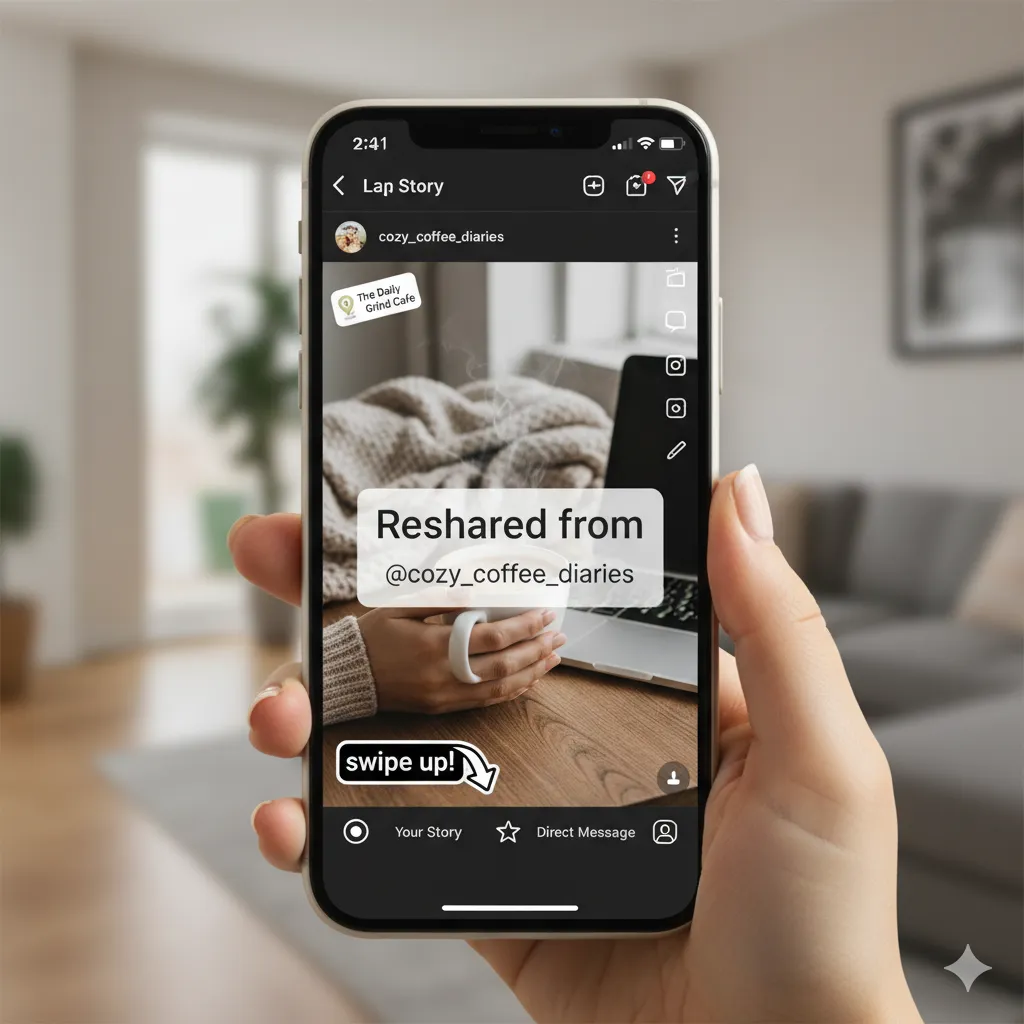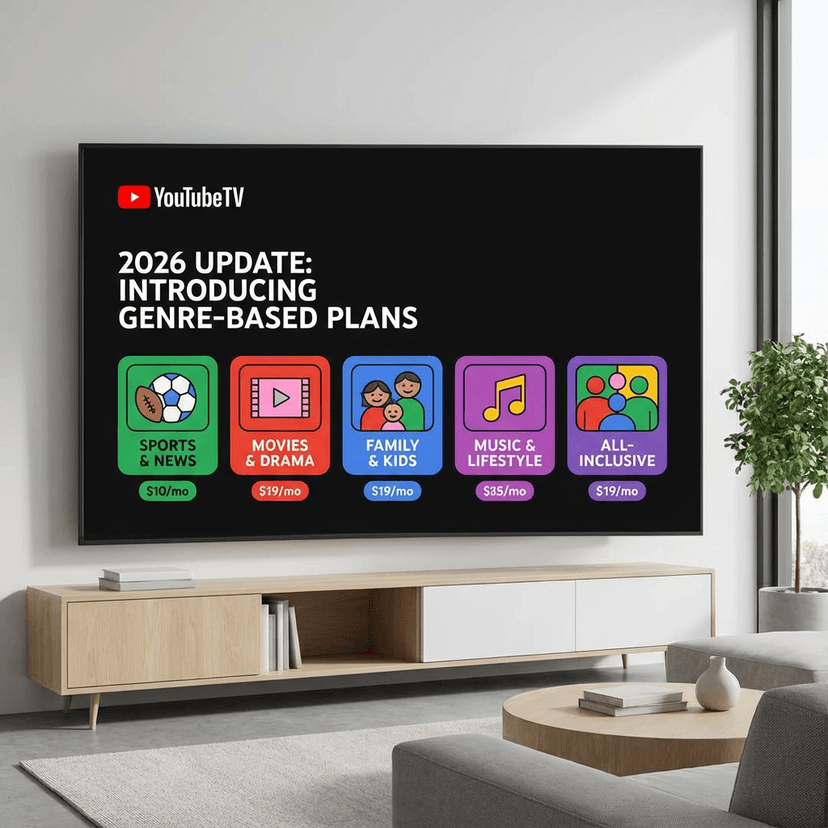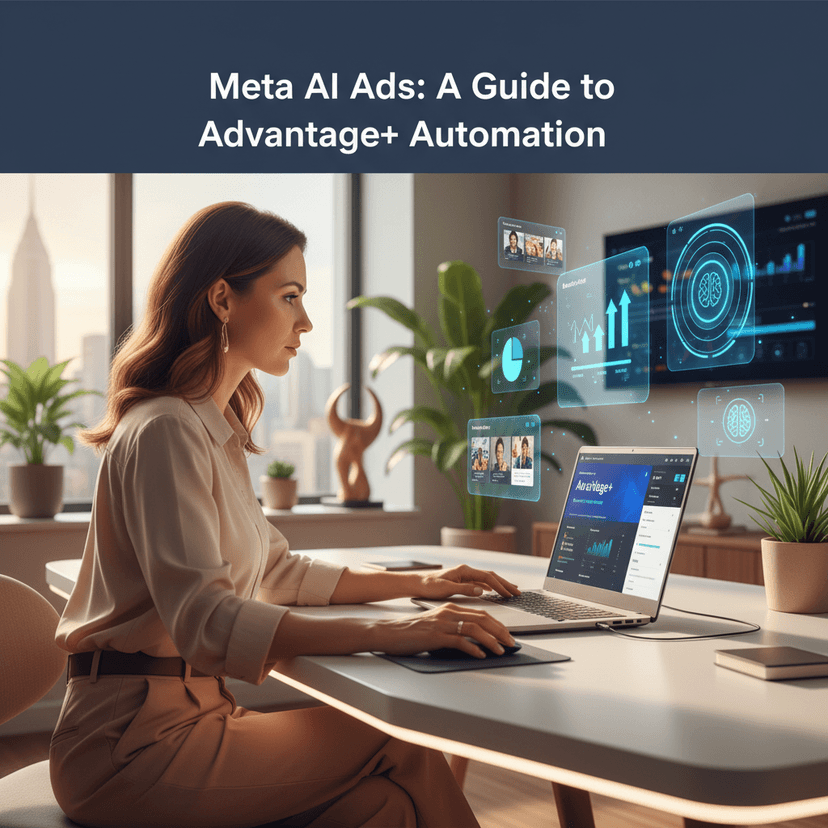Overview
YouTube just made one of the most useful updates to youtube analytics in years: you can now separate organic and paid performance across your key metrics. For creators, brands, and Agencies, this change ends the confusion about whether running ads hurts organic reach, and it makes it much easier to measure Content Marketing strategy independent of paid promotions.
In plain terms, you now have two clean lanes. Organic shows how your videos perform when they are discovered by viewers through recommendations, search, browse, and subscriptions. Paid shows what happens when those same videos are pushed through YouTube advertising or YouTube Promote. With this split, you can finally answer questions like: Did the content work on its own? Did the ad bring in the right audience? And where do we invest next?
This article explains what changed, why it matters, how to use the new filters step by step, and how to turn the data into smarter creative and media decisions.
Whats New
YouTube Analytics now separates metrics by traffic source so you can filter results for organic and paid. The split covers core engagement metrics, including:
- Views and engaged views
- Watch time
- Audience retention
- Likes, comments, and shares
- Impressions and click-through rate (where available)
You can also view impact by campaign type when the view came from paid promotion, including YouTube Promote and other ad formats. The platform clarified that the systems for advertising and organic recommendations operate independently. In other words, your ad budget and targeting do not boost or suppress how the algorithm recommends your video organically. Organic performance is shaped by content quality signals like watch time, engagement, and retention. Paid performance is shaped by your media setup, like budget, bids, and targeting.
One more note for advertisers: the analytics update arrives alongside a terminology change in Google Ads reporting, where the Views metric is being labeled as TrueView views. This naming update does not change how views are counted or billed, but it helps distinguish ad-driven viewing from organic viewing in downstream reports.
Why This Matters
For years, creators have asked why their overall metrics dip when they run ads. Often, paid campaigns target new audiences who are less familiar with the channel. That can lower average click-through rate and retention when you look at combined data, even if the content is performing well with your usual viewers. The new filters solve that by letting you analyze each traffic source separately.
This separation gives you three clear benefits:
- You can evaluate content quality on its own. If organic retention and average view duration are strong, your creative is working. If paid results trail, the issue may be targeting or frequency, not the video.
- You can diagnose paid strategy without guesswork. If paid engagement lags, you can adjust targeting, placements, or creative cutdowns, rather than trying to “fix” a video that does well organically.
- You can set smarter goals. Organic KPIs and paid KPIs are different. Now you can set realistic targets for each and avoid blended averages that hide problems.
How To Use The New Filters In YouTube Studio
The new filtering lives inside standard reports. Here is a fast way to find it and start using it in your day-to-day workflow.
Open the right reports
- Go to YouTube Studio and open Analytics for your channel or a specific video.
- Use the Overview tab for a top-level split of views and watch time.
- Switch to Content, Audience, and Reach for more detail like impressions, CTR, and retention.
- For campaign-focused reporting, open Advanced mode to work with more granular breakdowns.
Apply organic vs paid filters
- Locate the traffic source filter near the top of the report or in Advanced mode.
- Choose Organic to see unpaid performance from browse, suggested videos, search, subscriptions, channel pages, and external sources that are not ads.
- Choose Paid to see results from YouTube ads, including YouTube Promote.
- If available, add a secondary dimension such as video, country, device, or subscription status to see how each traffic source behaves across segments.
Compare periods and export data
- Turn on Compare to compare two date ranges, like pre-campaign vs during-campaign.
- Use the toggle to show both Organic and Paid in the same chart to see divergence or overlap.
- Export CSV if you want to blend YouTube Analytics with ad platform reporting or a dashboard tool. Keep the traffic source column intact so you can pivot by organic vs paid later.
How To Analyze Organic And Paid Side By Side
The key is to read the same metric in two contexts and look for gaps that tell a story.
Core metrics to check first
- Impressions and CTR: If organic CTR is strong but paid CTR is lower, your thumbnail and title likely resonate with your core audience but may not be clear to new viewers. Test a paid-specific thumbnail that sets context faster.
- Average view duration and retention: A common pattern is higher organic retention and lower paid retention. That can mean your intro assumes prior knowledge. For paid, try a cut with a faster hook or a higher-energy first 15 seconds.
- Engaged views: This helps you understand meaningful watching behavior. Higher engaged views on organic usually signal strong content-market fit. If paid has lower engaged views, revisit audience targeting or consider shorter edits for ads.
- Likes, comments, and shares: New audiences tend to engage less at first. If organic comments are healthy and paid comments are sparse, that is normal. Focus on response rate within each source, not the combined number.
- Subscriber conversion: When organic converts better to subscribers than paid, it often means your paid audience is broader. Use Remarketing to follow up with viewers who watched past a certain point and invite them to subscribe.
Benchmarks and thresholds
Set separate targets for organic and paid. For example:
- Organic CTR target: Set it based on recent videos in the same format or series.
- Paid CTR target: Set it by placement and audience type; in-stream will differ from in-feed.
- Organic retention at 30 seconds: Compare to your channel median for similar length videos.
- Paid retention at 30 seconds: Expect it to be lower for cold audiences; judge against similar campaigns.
This approach keeps you from chasing a blended “average” that hides sharp differences between audience types.
Practical Use Cases
- Launch planning: Run a small paid flight to new audiences while tracking paid retention and engaged views. If paid retention is weak but organic is strong, keep the video as the hero for your channel and build a separate cut for ads.
- Evergreen libraries: Use the organic filter to find videos with high watch time and strong retention that steadily bring in new viewers. Double down on these topics and update thumbnails and titles to keep them fresh.
- Product drops and promos: Paid traffic can generate reach quickly, but watch how it affects overall averages. With filters, you can shield your organic KPIs from short-term dips during push weeks.
- Brand collaborations: When a video is part of a sponsor deal and also promoted, measure deliverables by traffic source. Share organic outcomes as proof of content quality and paid outcomes as proof of efficient media.
- Audience development: Compare paid results by country or language to find new markets. If paid engaged views and watch time look strong in a region, consider adding captions or creating localized versions.
Common Questions And Misconceptions
- Does running ads hurt my organic reach? No. YouTube has confirmed that organic recommendations and paid delivery are separate systems. Ads do not suppress or boost your chance of being recommended.
- Why did my combined averages drop when I turned on ads? Ads often reach people who do not know your channel. That lowers blended CTR and retention. Use the new filters to track each source on its own.
- If a video is also an ad, will that confuse the algorithm? No. The algorithm looks at how viewers respond when the video appears organically. Paid delivery is governed by your campaign setup, not by recommendation signals.
- Should I change my content to please paid audiences? Not always. Consider separate edits. Keep your organic cut optimized for loyal viewers and a paid cut optimized for new viewers with faster context and stronger early hooks.
- Do engaged views differ between organic and paid? They can. Treat engaged views as a directional quality signal and compare within each source rather than expecting them to match.
Strategy Tips For Creators And Brands
- Plan for two cuts: An organic-first edit that breathes, and a paid-first cut. Please add relevant links to the post as per the instructions provided and return the full blog post with the links inserted, keeping everything else unchanged.






